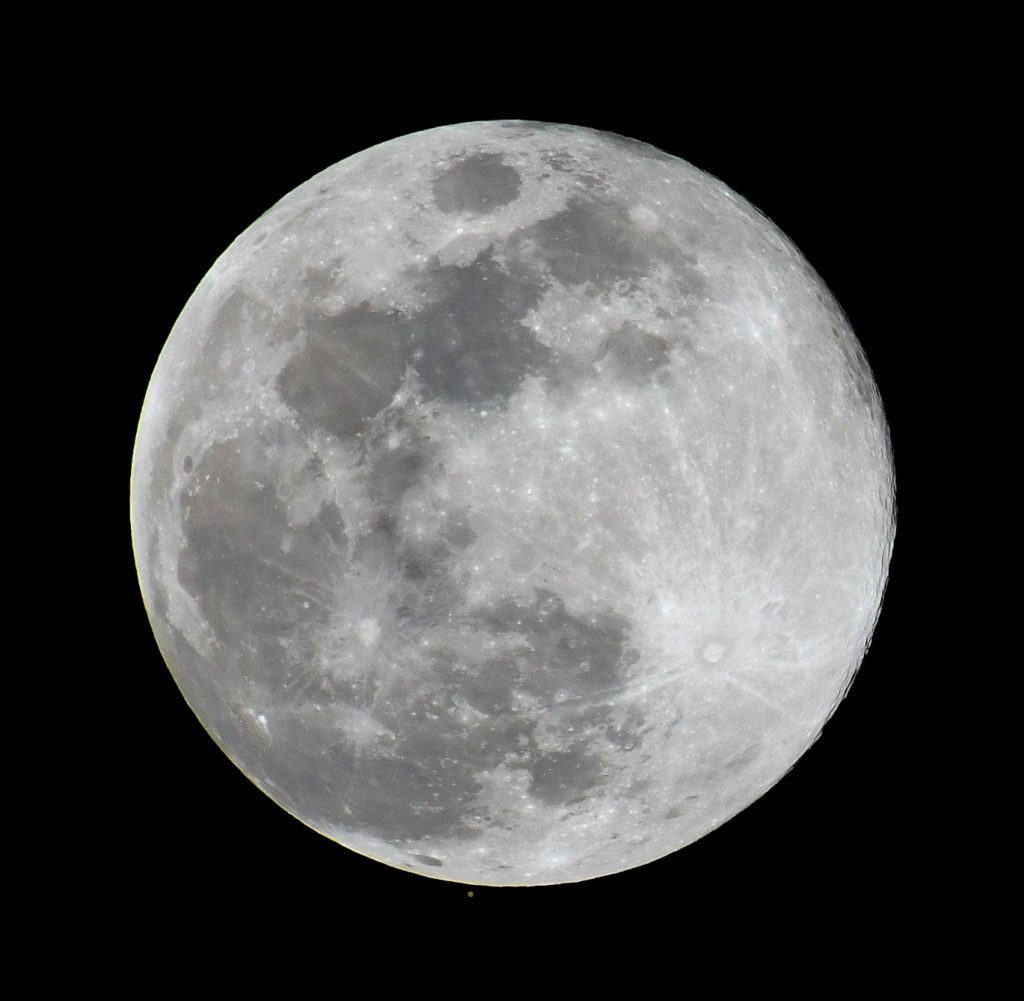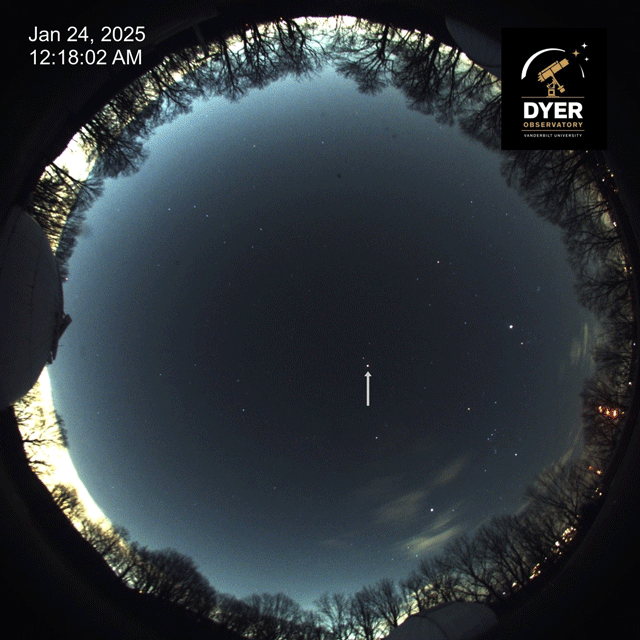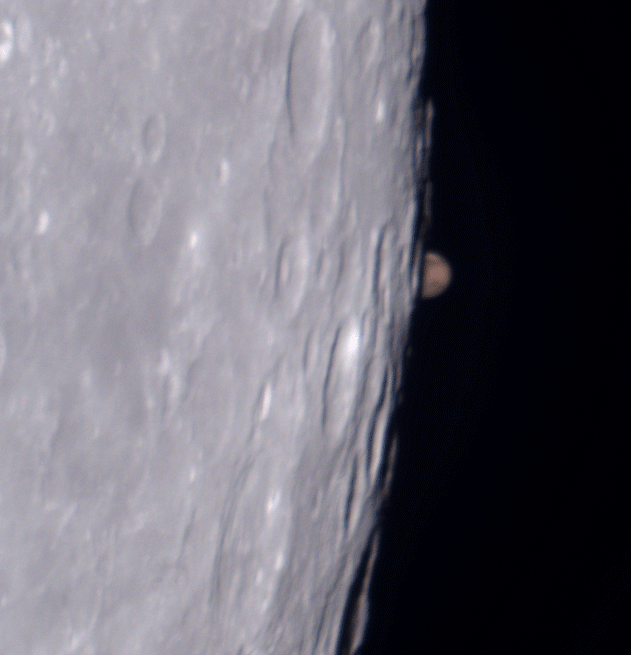
January ended up being a big month for the Red Planet as it took part in a parade, gave us all it had during opposition, and even tangoed with the Moon.
Mars on Parade
Mars, shining like an orange beacon in the eastern evening sky, was one of the prime spectacles of the much-anticipated planet parade that saw all but little Mercury simultaneously in our evening sky. Mars has currently taken up residence in the constellation Gemini, the twins. Castor and Pollux, the two brightest stars of the constellation that mark the heads of the twins, have served as a guidepost on the sky and allowed one to witness just how much a planet like Mars can change its position on a nightly basis. On January 17th, Mars formed a straight line with the two stars, but after only 24 hours one could see the straight line had a noticeable crook. Two weeks later, the stars and planet formed a nearly perfect right triangle. When viewed from above the solar system, all the planets’ orbits take them on a counter-clockwise motion around the Sun, causing them to move in a west-to-east fashion on a daily basis from our viewpoint. However, Mars has rebelled since December 6, 2024, moving farther west each day among that stars each day. This is known as retrograde motion and is only an apparent motion due to Earth catching up to and passing slower Mars. Mars is gradually slowing its retrograde motion. It will come to a halt on February 6 after which it will resume its typical prograde motion. It will once again form a straight line with Castor and Pollux on April 10-11.

Mars at its Brightest
Mars reached opposition on January 16, meaning Earth came between it and the Sun so that Mars appeared on the opposite the Sun on the sky. Oppositions are the best times to outer planets because they are at or near their closest point to us, making them appear larger in telescopes. Mars was actually about 200,000 miles closer to Earth about three days prior to opposition thanks to the slightly elliptical orbits of it and Earth, but you would not have noticed a difference. A polar ice cap is still readily visible as a white patch in the northern hemisphere of the planet. Dark, rocky surface features such as Syrtis Major are also readily visible. Given that Mars’ day is less than an hour longer than our own, observing it over several hours will allow one to see more than half of its surface as it slowly rotates. Thankfully, winds remained calm-ish on Mars during this apparition, preventing the development of a surface-obscuring global dust storm like the one that was observed in 2001. Mars will still appear decently large in telescopes through February, appearing 85% of its closest-approach size on Valentine’s Day. But, the planets wait for no one, so the sooner it can be viewed, the better.

Ducking Behind the Moon
On January 13, much of the U.S. was treated to a lunar occultation of Mars. Starting around 8:04pm CT, Nashville watched as the gray lunar limb slid over the ruddy disk of the planet, obscuring it for a little over an hour. Mars’ reappearance was a little more dramatic thanks to the slight shadowing on the Moon’s eastern limb. With the tops of crater rims just barely hidden by shadow, the ball of Mars began reappearing seemingly out of the inky blackness of space itself.
